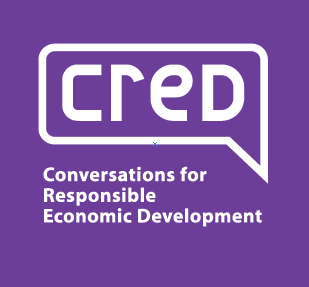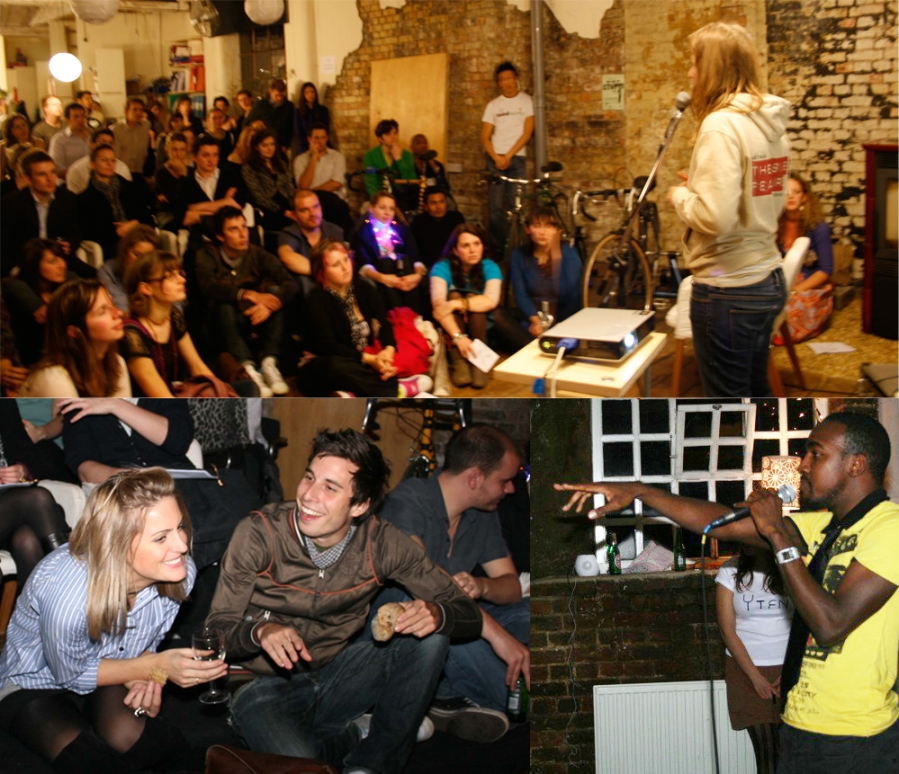Reading list: collaborative leadership
Here are a few great articles I’ve read recently on different models of leadership that follow the tenet ‘the responsibility of a leader is to create more leaders’, instead of thinking about a leader as someone who’s always at the front of the pack, making decisions & admitting no wrong.
- Leadership in the age of complexity: moving from leader as hero to leader as host. This 2002 interview with Margaret Wheatley is also an interesting read.
- On humility and being wrong: a great Forbes piece on finding a more authentic kind of leadership, where everyone at every level in an organization is a leader, and where total honesty is crucial
- Do you want the good news first? Thomas Friedman on how to be a great leader, you “‘have to think of yourself not as a designer but as a gardener” — seeding, nurturing, inspiring, cultivating the ideas coming from below, and then making sure people execute them’.
And a couple nice little examples of collective leadership in action:
- School to be led by teachers: A school in Maine moves to a cooperative leadership style, ditching their principal in favour of a team of teachers
- Why there are no bosses at Valve: the million dollar company with no managers. One of the more fascinating reads I’ve come across lately is their staff handbook, which they’ve recently made public.
Brave new (flat) world
Update: I also wrote a more detailed version of this blog for the Guardian website: Non-hierarchical structures: could it work for you?
Lately there’s been some buzz about how us kids today are working in very different ways than more established entrepreneurs, leaders and campaigners.
According to people who write about these sorts of things, we’re more collaborative, less comfortable with hierarchy and top-down decision-making, more likely to change jobs and more ready to embrace creative chaos of collective working. And as we change how we organise ourselves, we’re slowly shaping the landscape around us too.
From my personal experience, this rings absolutely true. The places I’ve loved working most have been where everyone got involved in decision-making and had a stake in the success of the project, and the ones I’ve struggled in the most have been rigidly hierarchical. I would far prefer to embrace a little uncertainty and even confusion than feel like I’m not an equal partner in whatever I’m doing.
The organisation that I founded five years ago, the Otesha Project UK, has spent the past year transitioning to a flat structure. We were always pretty collaborative, but decision-making authority and hierarchies of responsibility definitely existed.
During this process we’ve learned a lot about what needs to be in place to make collaborative working healthy and productive, rather than simply chaotic.
What does it take to make this work?
Will the caveat that we’re in an ongoing process and haven’t nearly finished learning, here’s what I see as crucial to the success of any collaborative venture:
A commitment to process. Developing & refining internal processes can seem long, tedious and beside the point. When held up against the incredibly urgent and important work of fulfilling your social mission, figuring out how meetings should be held or salary structures decided can seem like a distraction from the ‘real’ work. And yet, if you don’t spend time and energy thinking about these things, any collaborative venture is likely to become rife with miscommunications and misunderstandings, and won’t have the systems in place to function well over the long run. Reading this article from the founder of a non-hierarchical company (Bill Witherspoon of The Sky Factory) you can see how often he mentions team meetings, decision-making and training policies.
Everyone on board. Everyone who matters needs to be involved from the start, and everyone needs to be committed to investing the development time needed to ensure smooth working later down the line. In my experience, every single member of staff needed to have immense amounts of trust for other members of the team, enthusiasm for our collective experiment, and love for our work. Trustees and other key stakeholders (including investors or funders if applicable) should also be involved as early as possible.
Patience and flexibility. It will take time. And things will go wrong. And sometimes it’s hard to tell the difference between something that’s not working and something that simply needs more time. If you’re transitioning away from a hierarchical structure, have lots of patience with yourself and other team members. Much like other times of organisational transition, it takes time to adapt to new ways of working.
Clarity in decision-making. Especially important for when tricky decisions come up and the team just can’t agree on what to do. In these cases, without a clear process there will be a tendency for some team members to pull rank or exercise informal influence, which just leads to invisible power structures. At Otesha, we know that if we can’t reach consensus as a team after several tries with different facilitators, then we pass the decision-making authority up to the board. This hasn’t happened yet and we hope it never will, but it’s essential to know that a lack of consensus won’t ever be able to cripple our ability to get our work done.
Clarity in roles. Since shared responsibility inevitably leads to more bleed amongst roles, the more clarity you can embed from the outset the better. Especially when it comes to the ‘boring’ administrative tasks. At Otesha, all co-directors have a core administrative role, from HR to finance to office management, that rotates around every two years. We also have a rule that no voluntary or paid role will ever be purely administrative.
A team of great communicators. Prioritize team training in anything that builds communication, listening and facilitation skills. You will all need them.
A strategy for growth. Collaborative working is easy when teams are small. At Otesha, as we’ve grown from 6 staff members to 10 total (5 co-directors and 5 learning roles without administrative responsibilities), we’re already starting to see the need to adapt our decision-making model for more efficiency. As we continue to grow, we’ll need to find ways of sharing information and ownership without involving every single person in every single decision.
Overall, our transition to a flat structure has been a really exciting adventure, one that’s aligned our working style with our ethos and values. The whole team feels a much stronger sense of ownership for not just their direct work but for the organisation as a whole. And for me, as the former Executive Director, it’s been amazing to share the workload, celebrate successes and talk through challenges with 4 other co-directors, knowing that we all take equal responsibility for the outcome of any decision, big or small.






